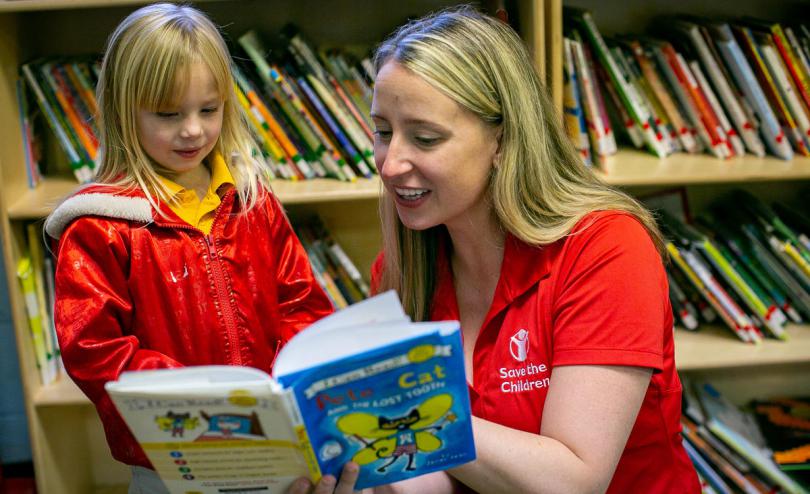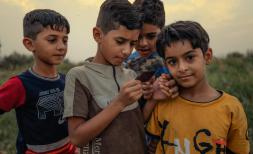Five Ways to Talk to Children About School Shootings

Nineteen children and two adults were killed in a mass school shooting at an elementary school in Uvalde, Texas, this week.
Many children around the world are learning about the violence through the television, social media and their peers. Their awareness of school shootings can lead to emotional conversations filled with complex questions.
Here, Save the Children’s emergency response experts offer tips to help you talk to children about school shootings.
- Start the conversation.
It may never seem like the right time to start a discussion about school shootings with your child. But, not talking about it can lead to feelings of worry and confusion while also opening the door to misinformation. - Emphasize safety.
Start by asking your child what they already know about school shootings. Allow them to express their concerns and ask questions. Reassure them and be honest – don’t lie to them. Address any inaccurate concerns that they may have (e.g., school shootings happen frequently; children are not safe at school).
Don’t go into graphic details, put the emphasis on safety, and help them identify the plans in place to protect them in all types of emergencies. - Reiterate that it’s normal to be scared.
Everyone feels afraid when they’re in danger. Fear is how our bodies alert us and prepare us for action in times of danger. Help children understand that their natural reactions are normal. - Watch for signs of trauma.
It’s normal for children to be a little anxious about school shootings. If children appear extremely fearful, angry or withdrawn, seek professional help. - Look for leaders.
Remind your child that adults – teachers, leaders and first responders – are working every day to keep them safe at school. In some schools in some countries, children may practice emergency drills in the classroom as an example of this.
Children are more likely to have the confidence to make a safe decision in an actual emergency situation when they’ve practiced. Lockdown and shooter drills should be developed and implemented by a multidisciplinary safety team and informed by a mental health professional. Make sure the complexity of the drills and how they are taught are age-appropriate




